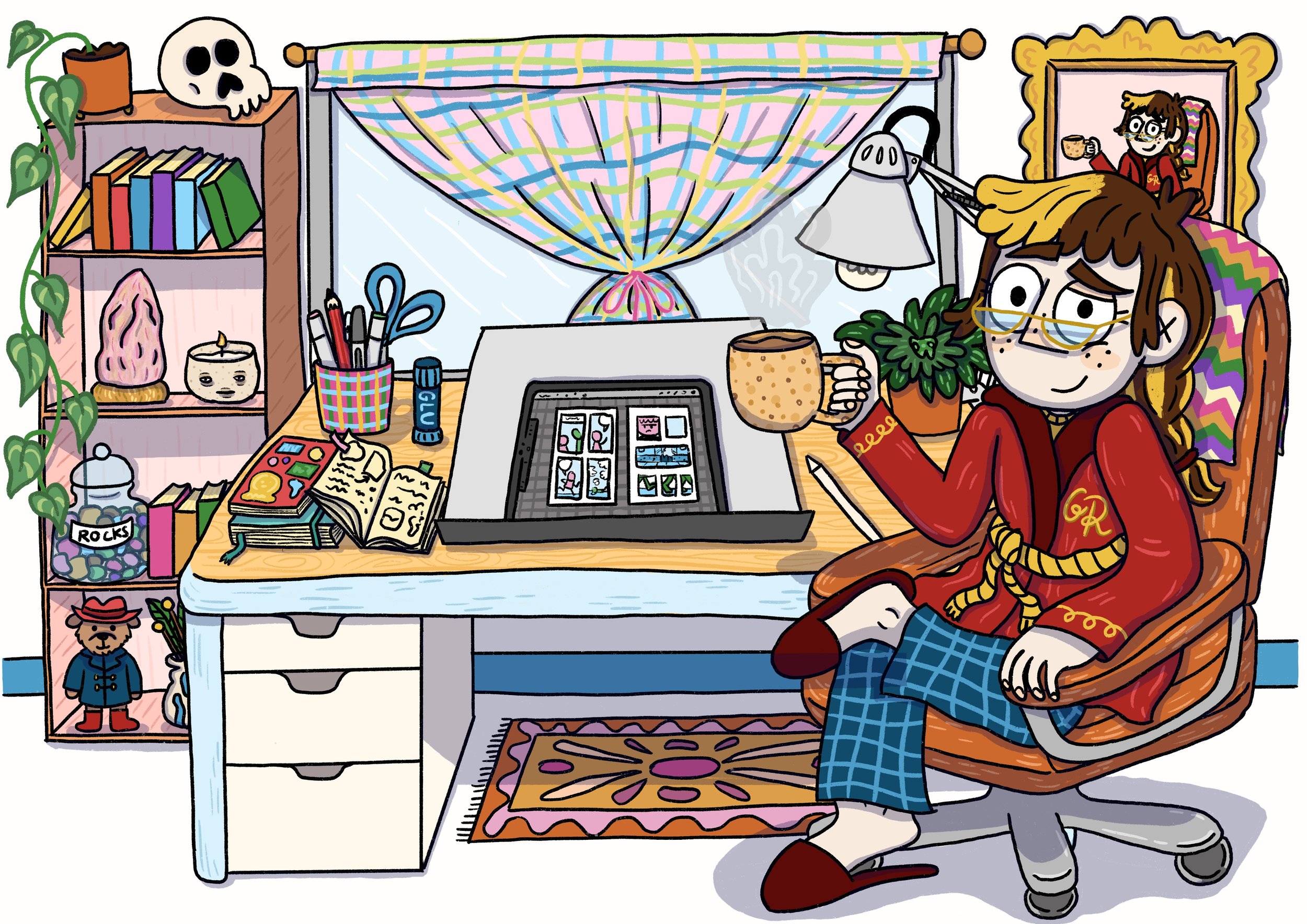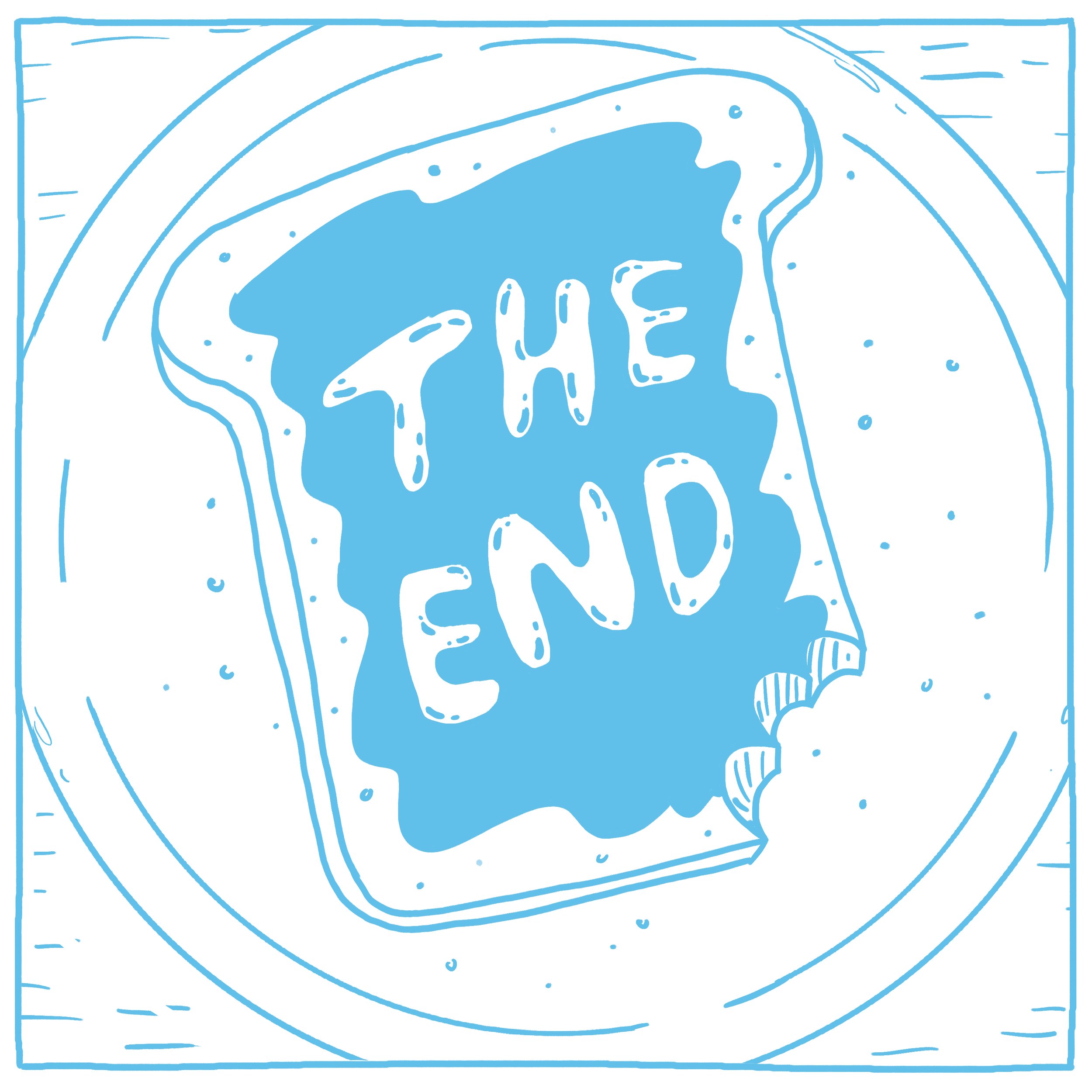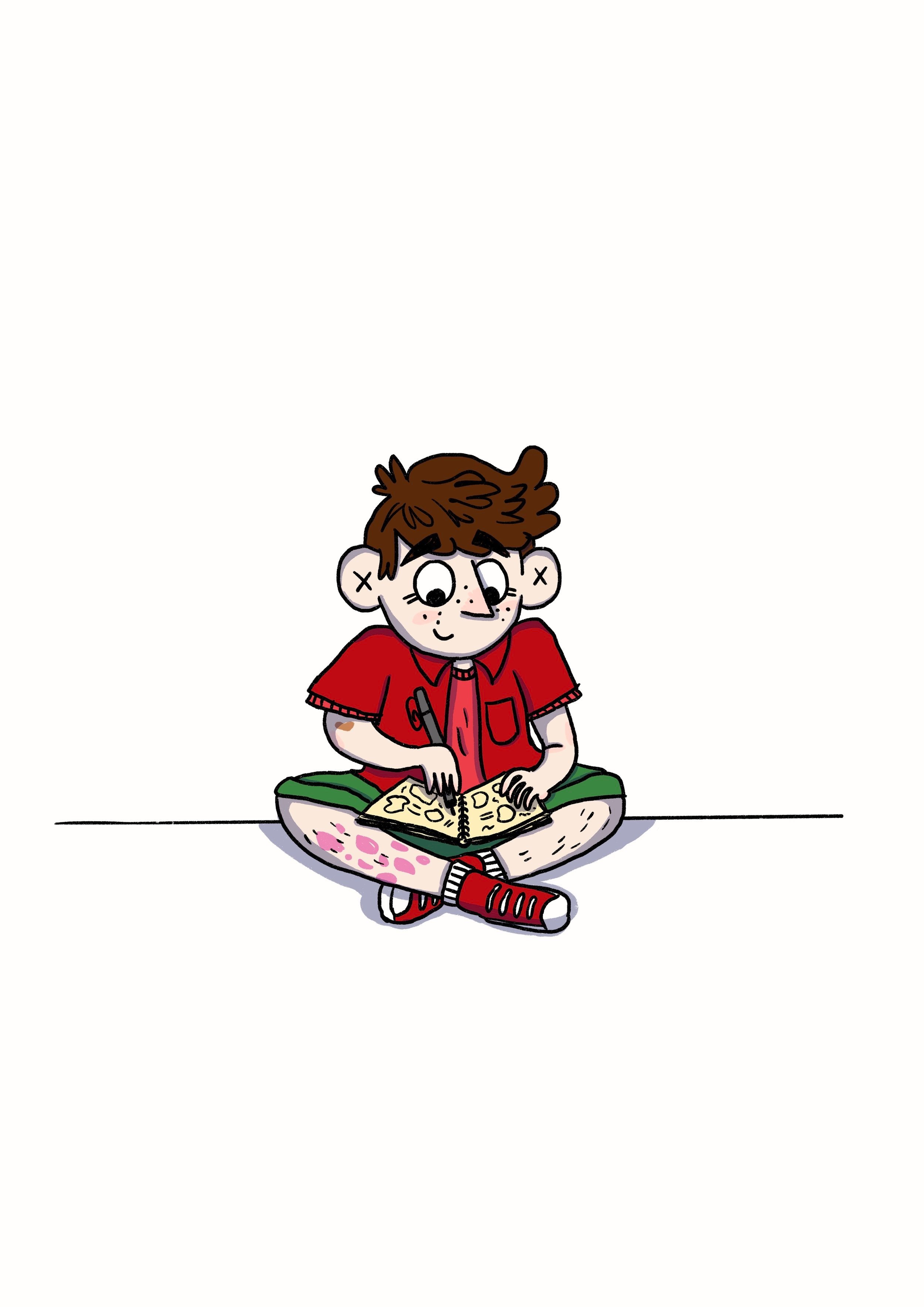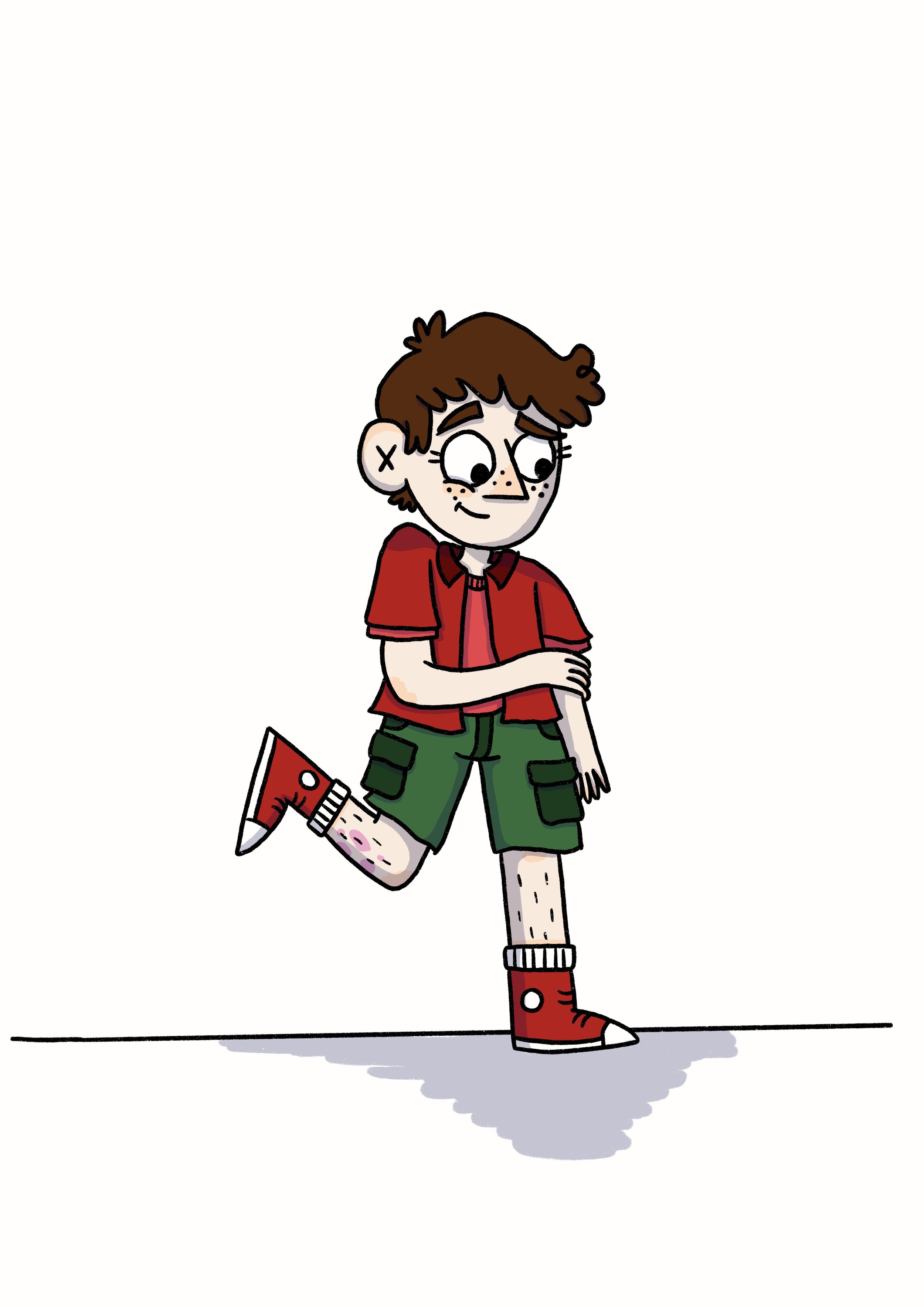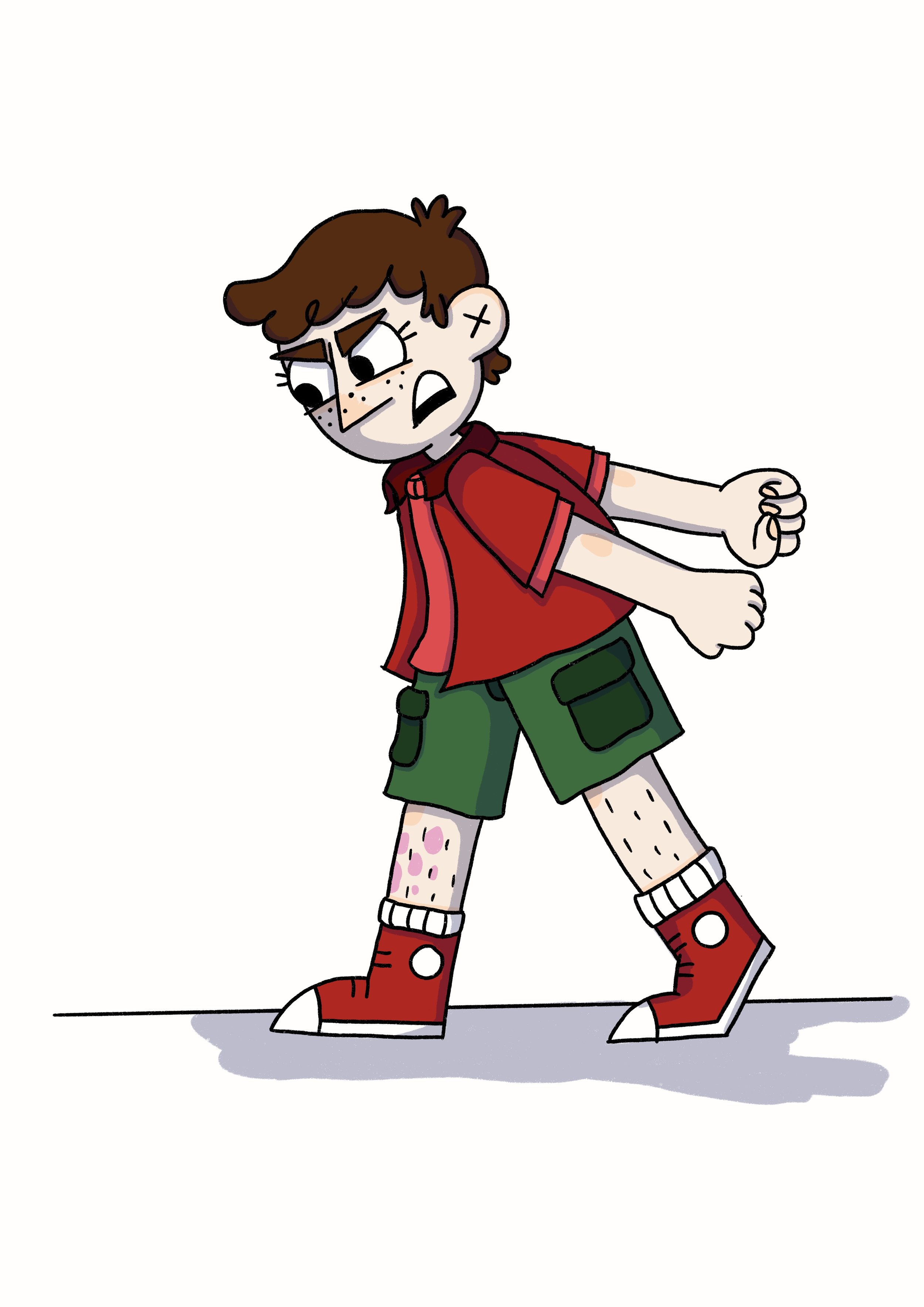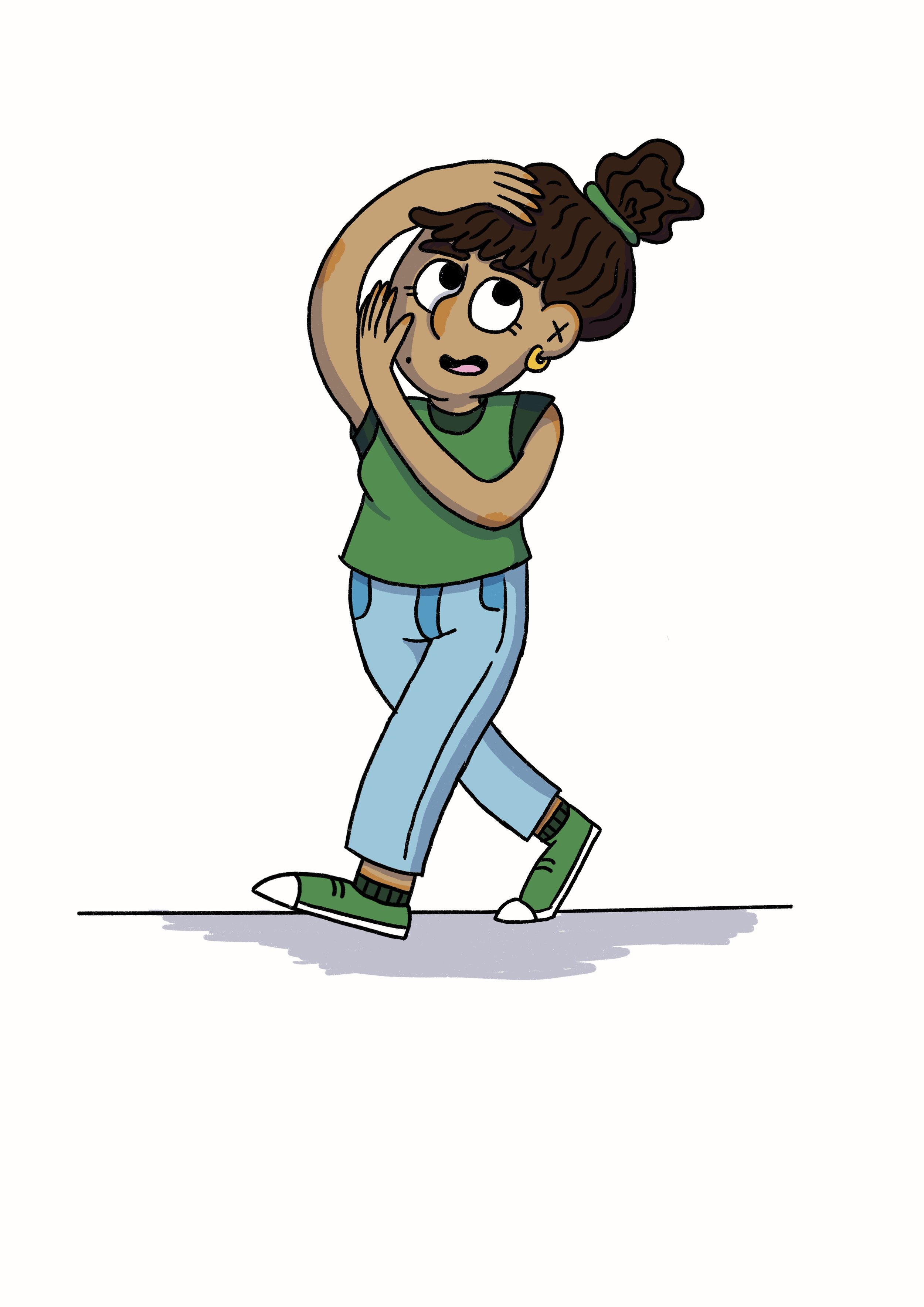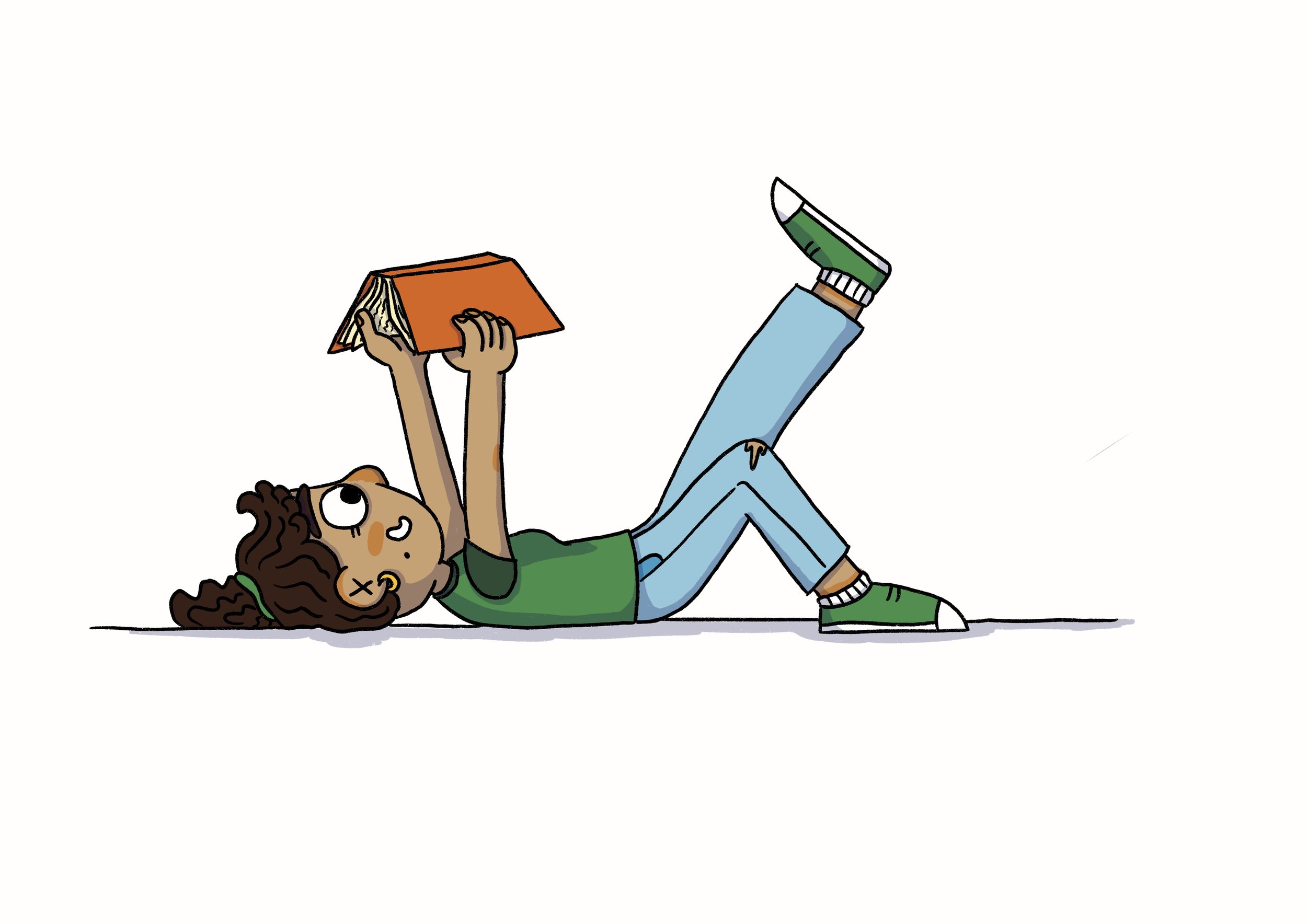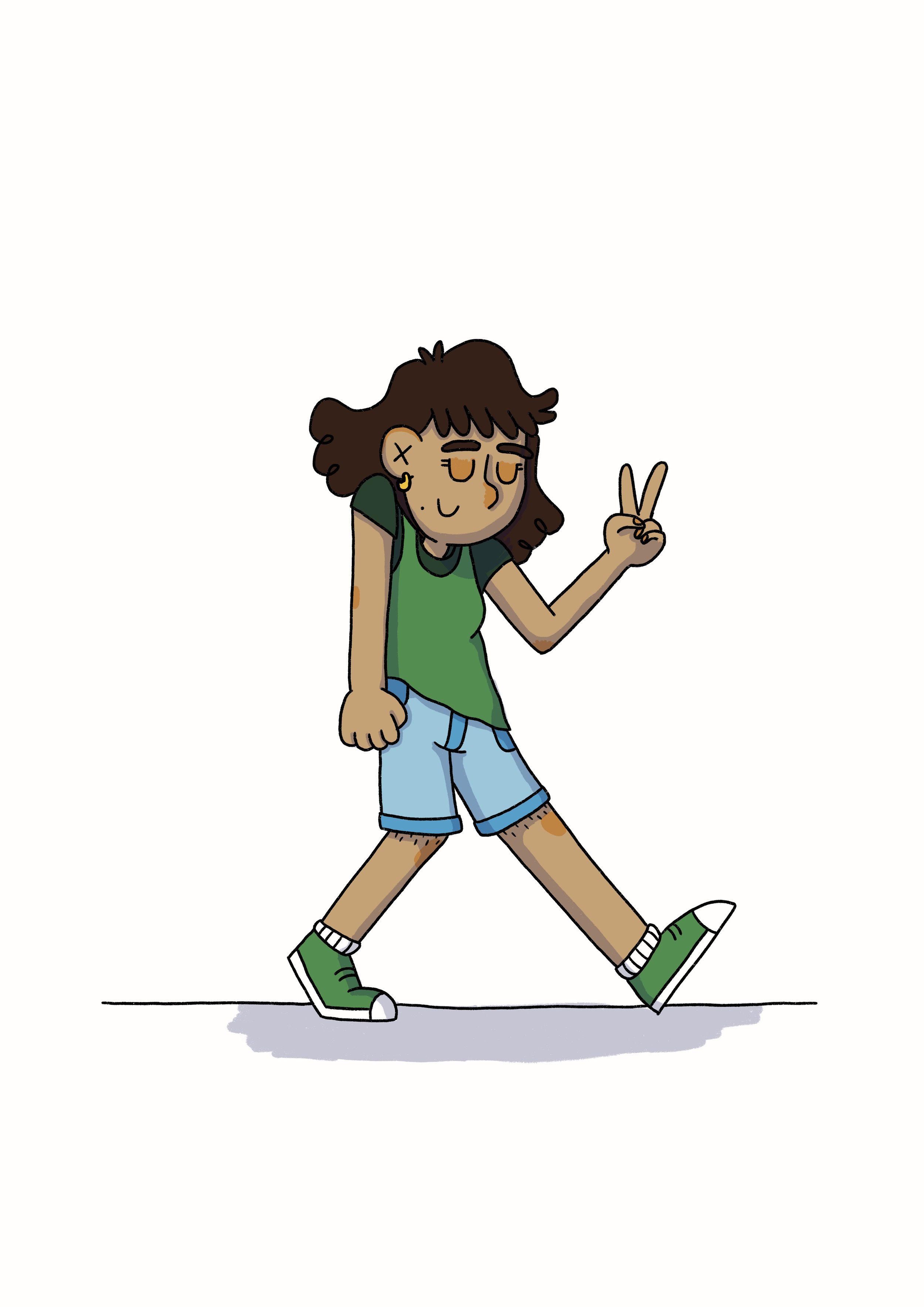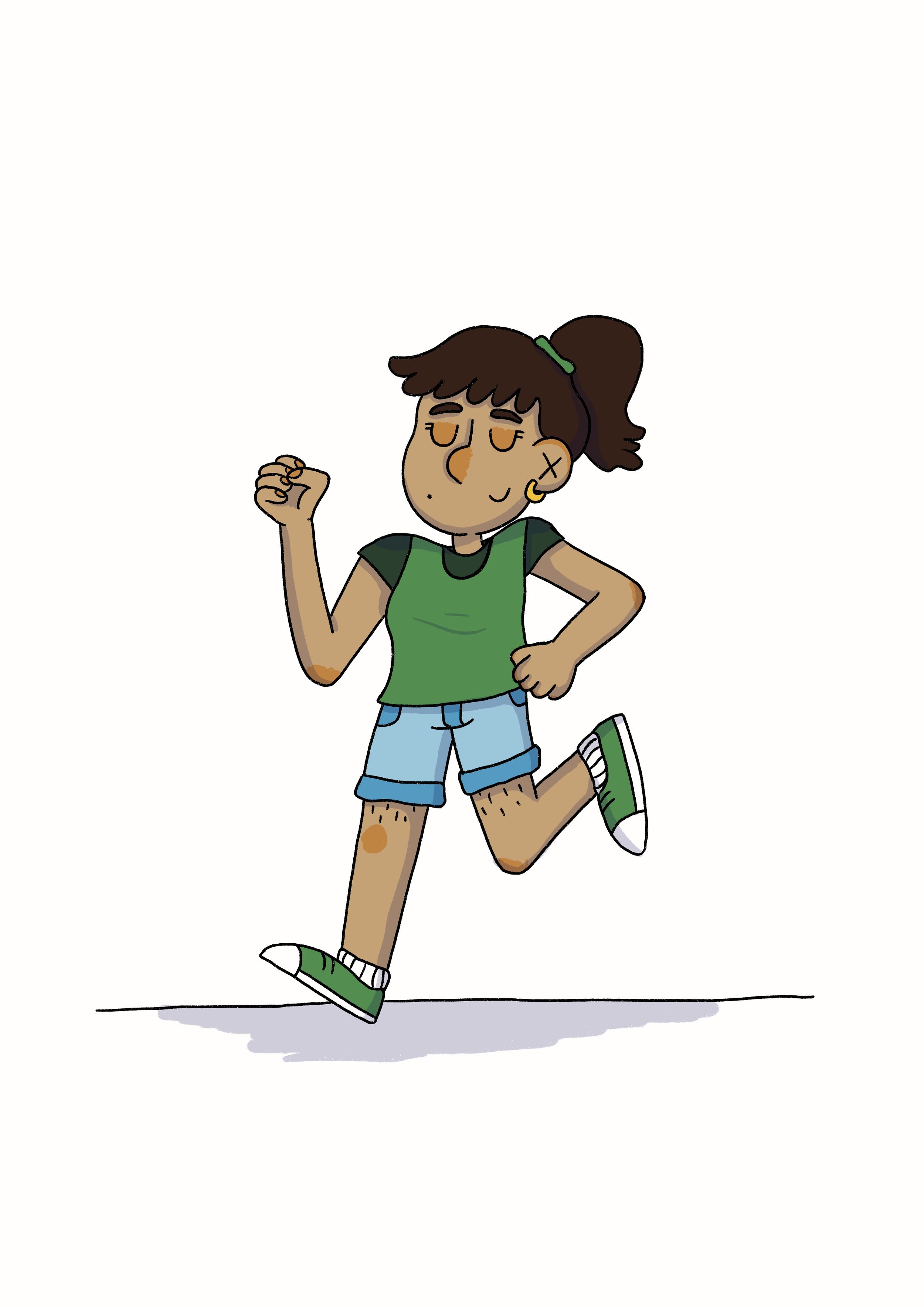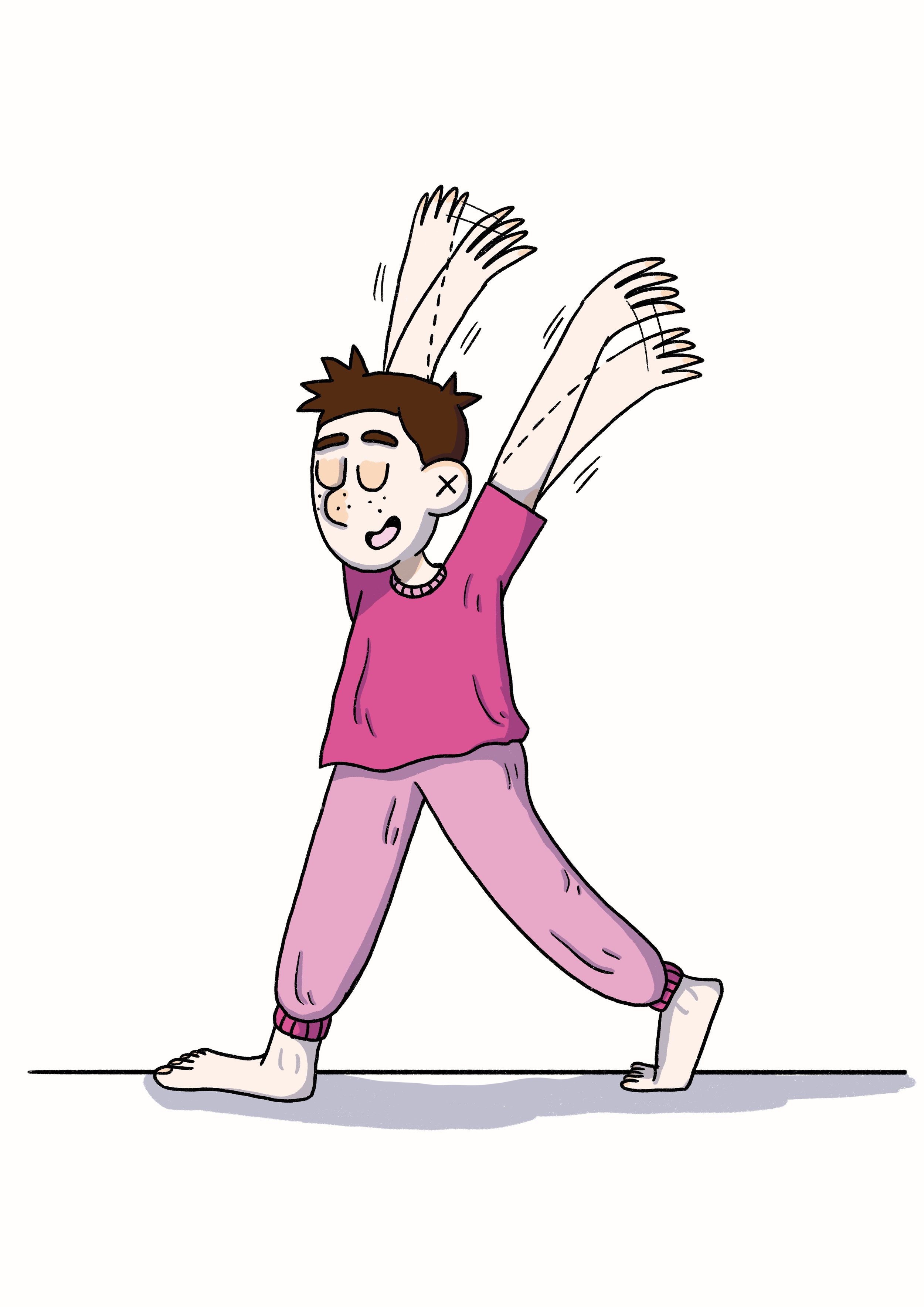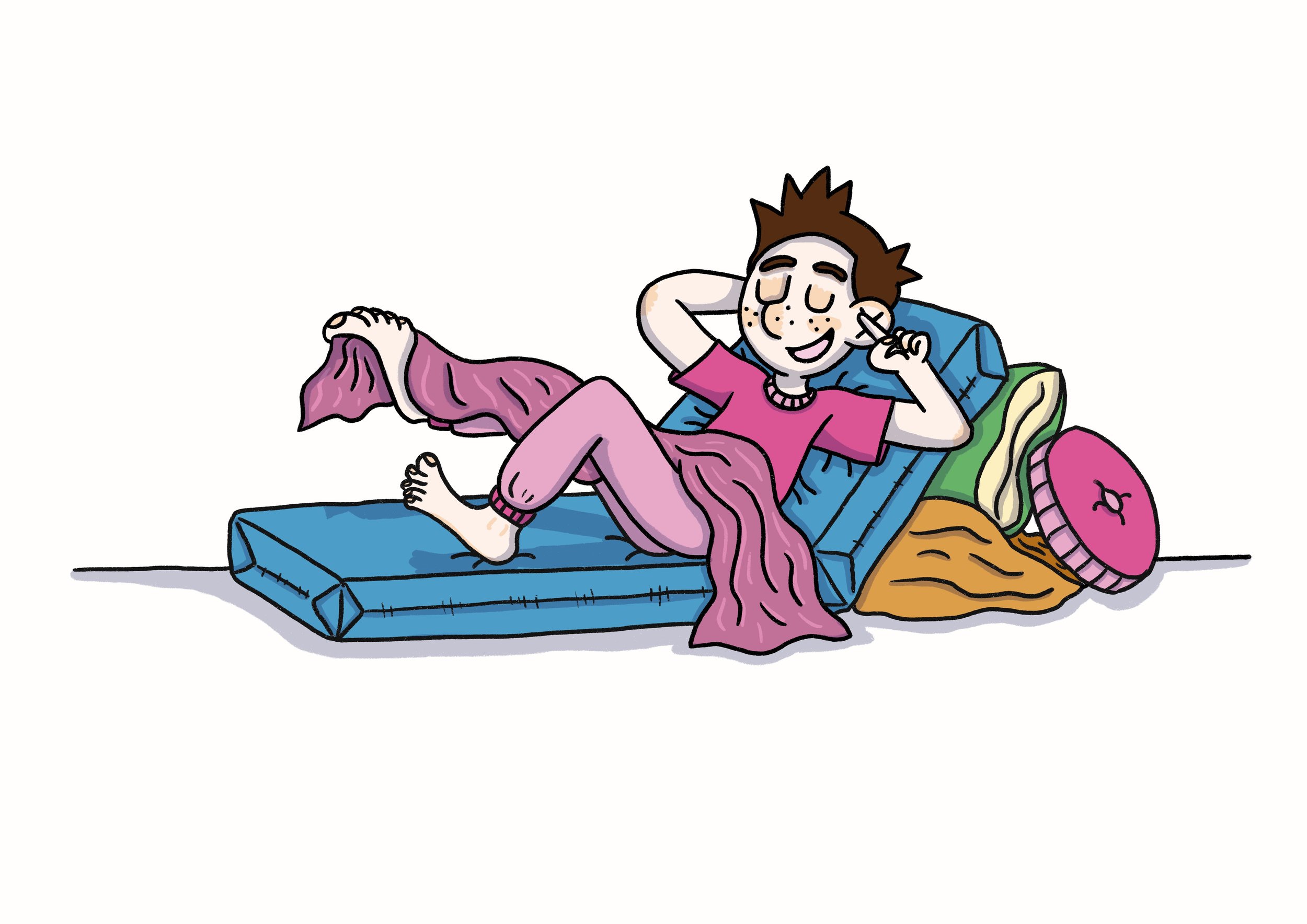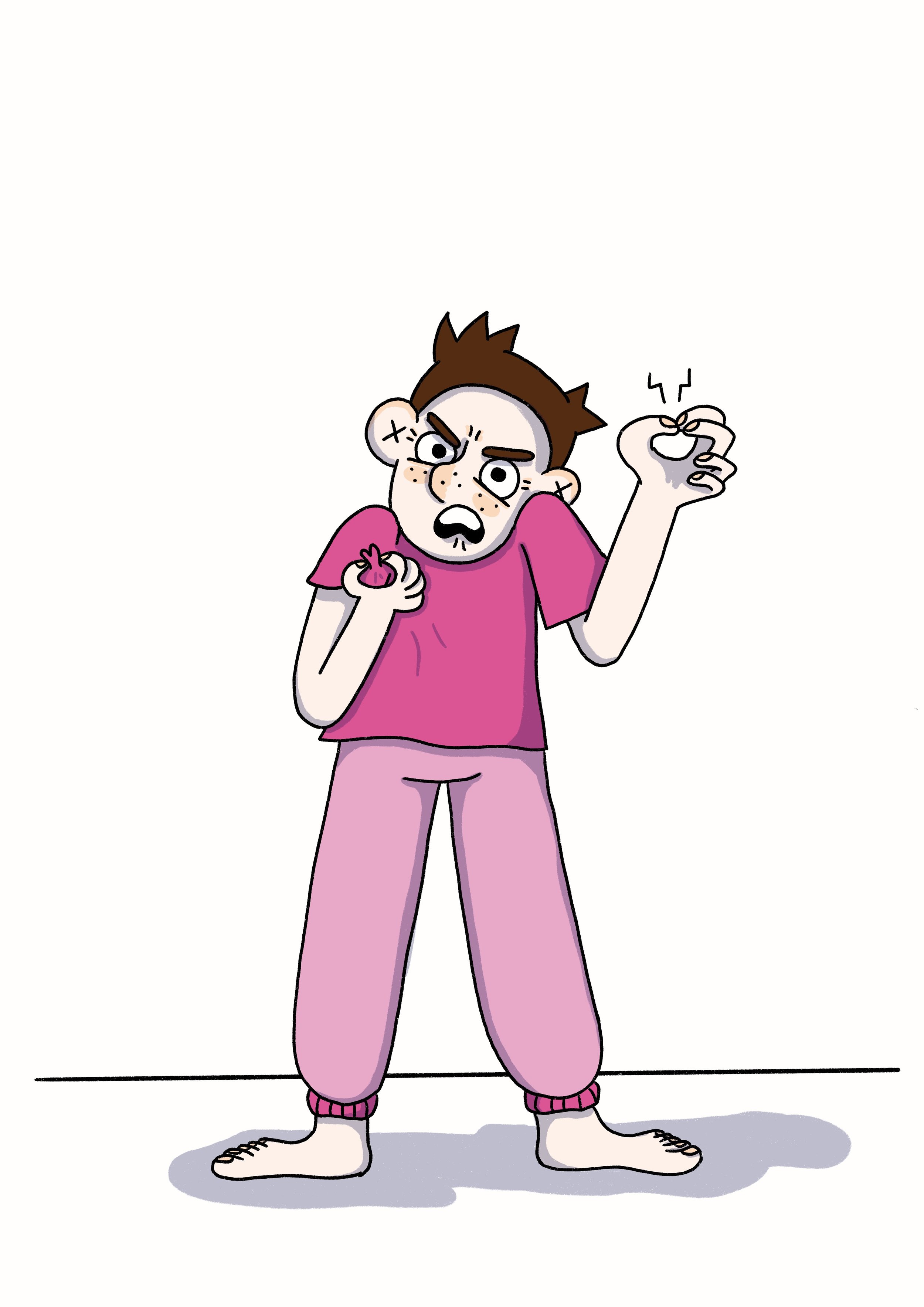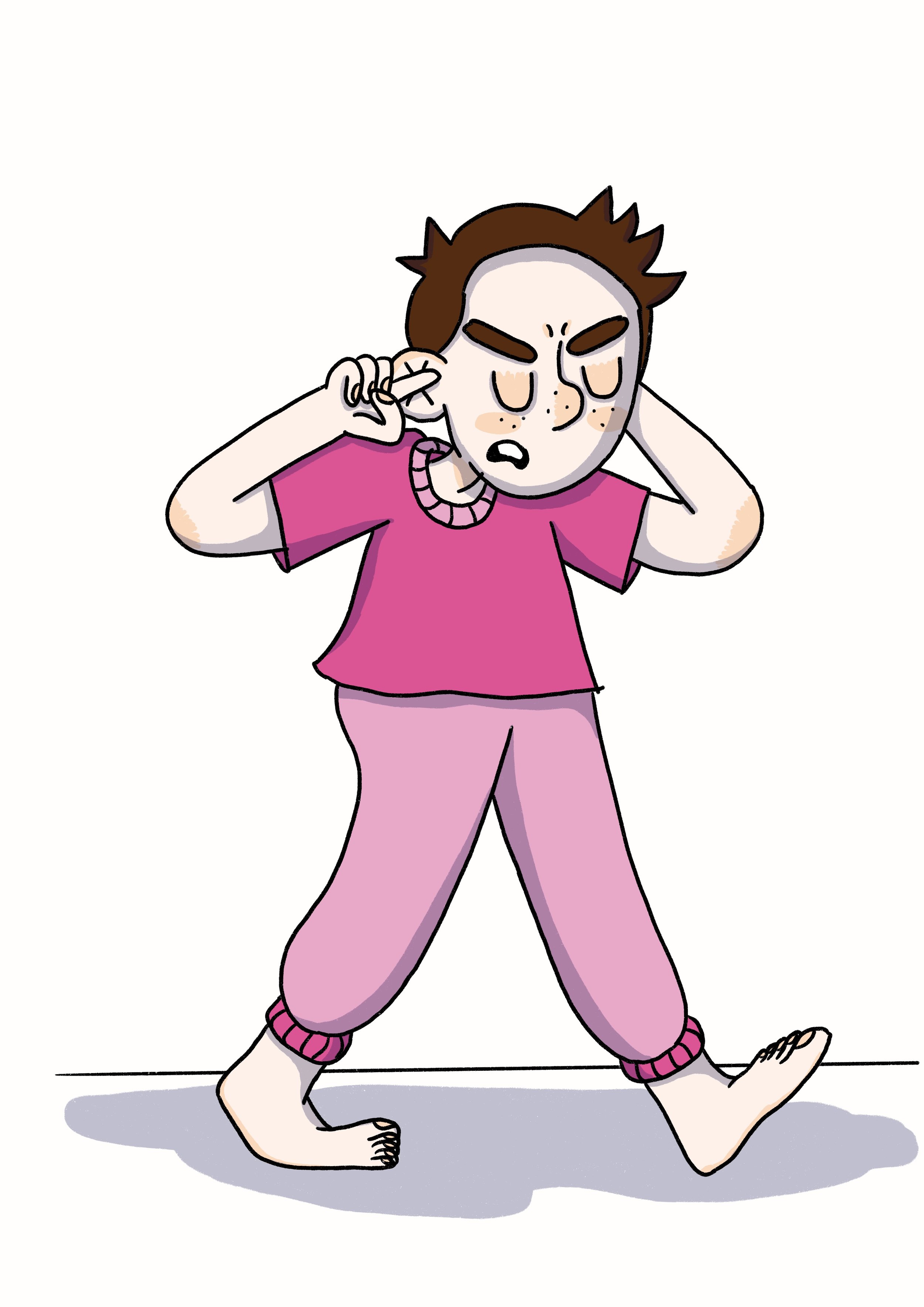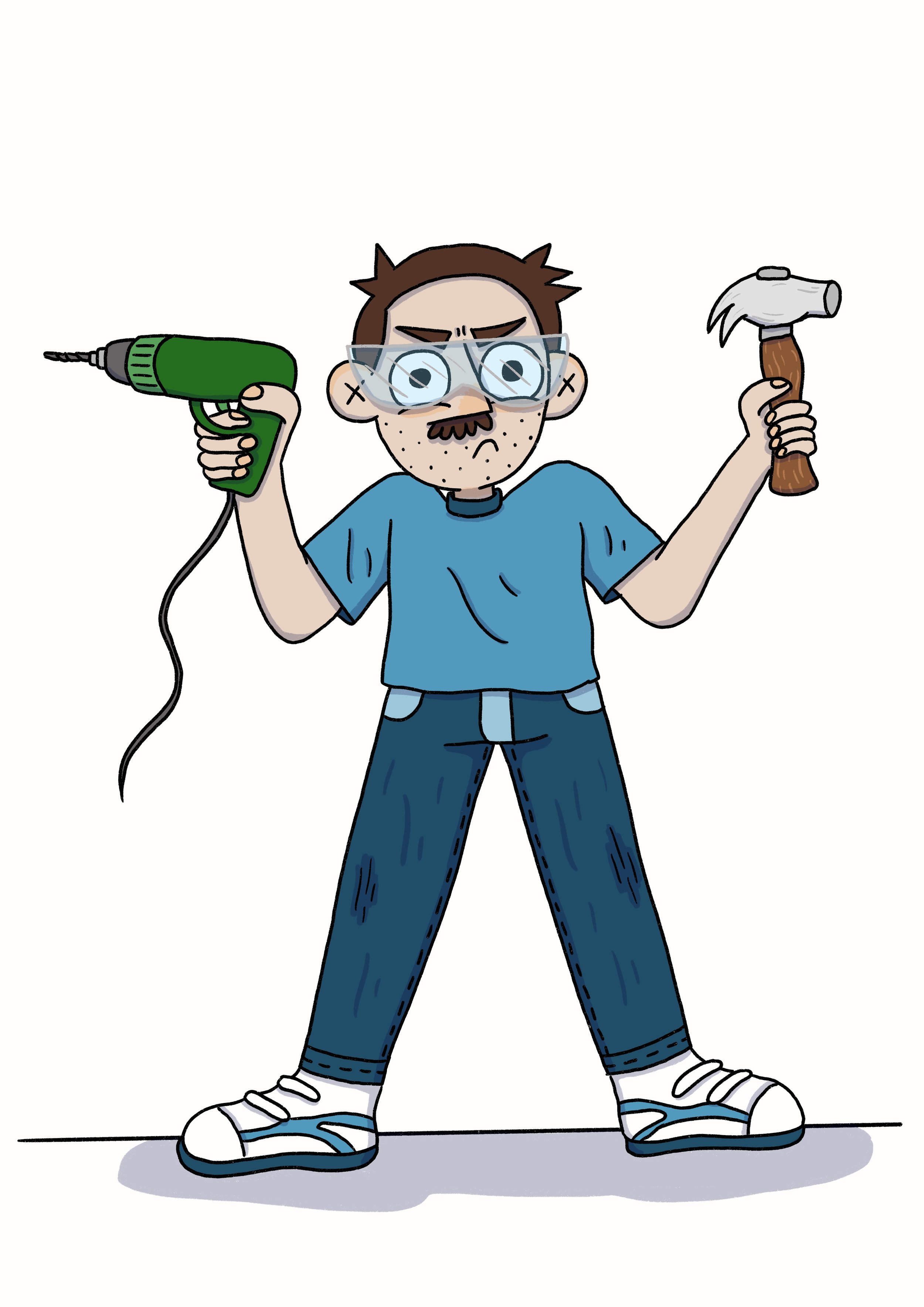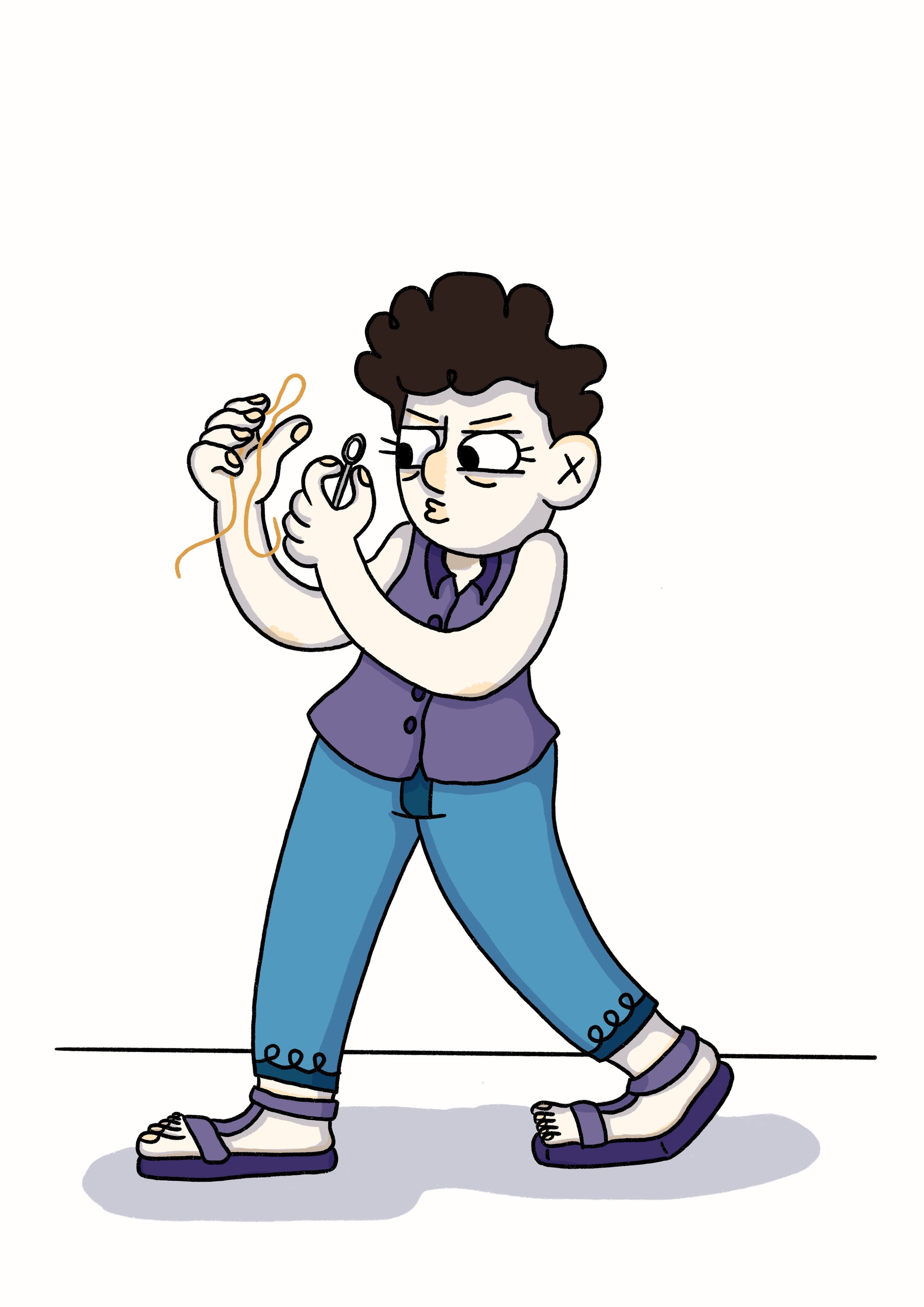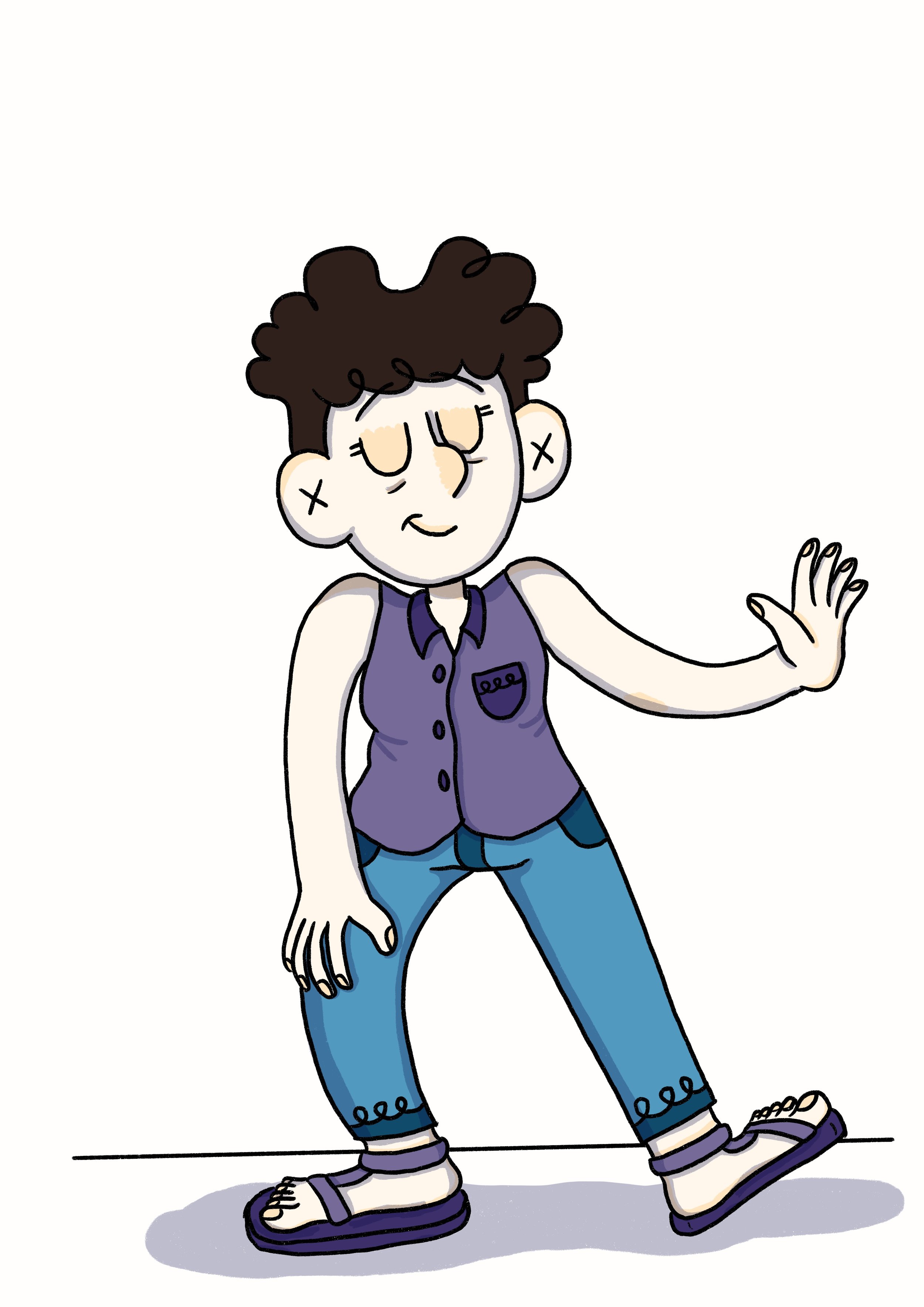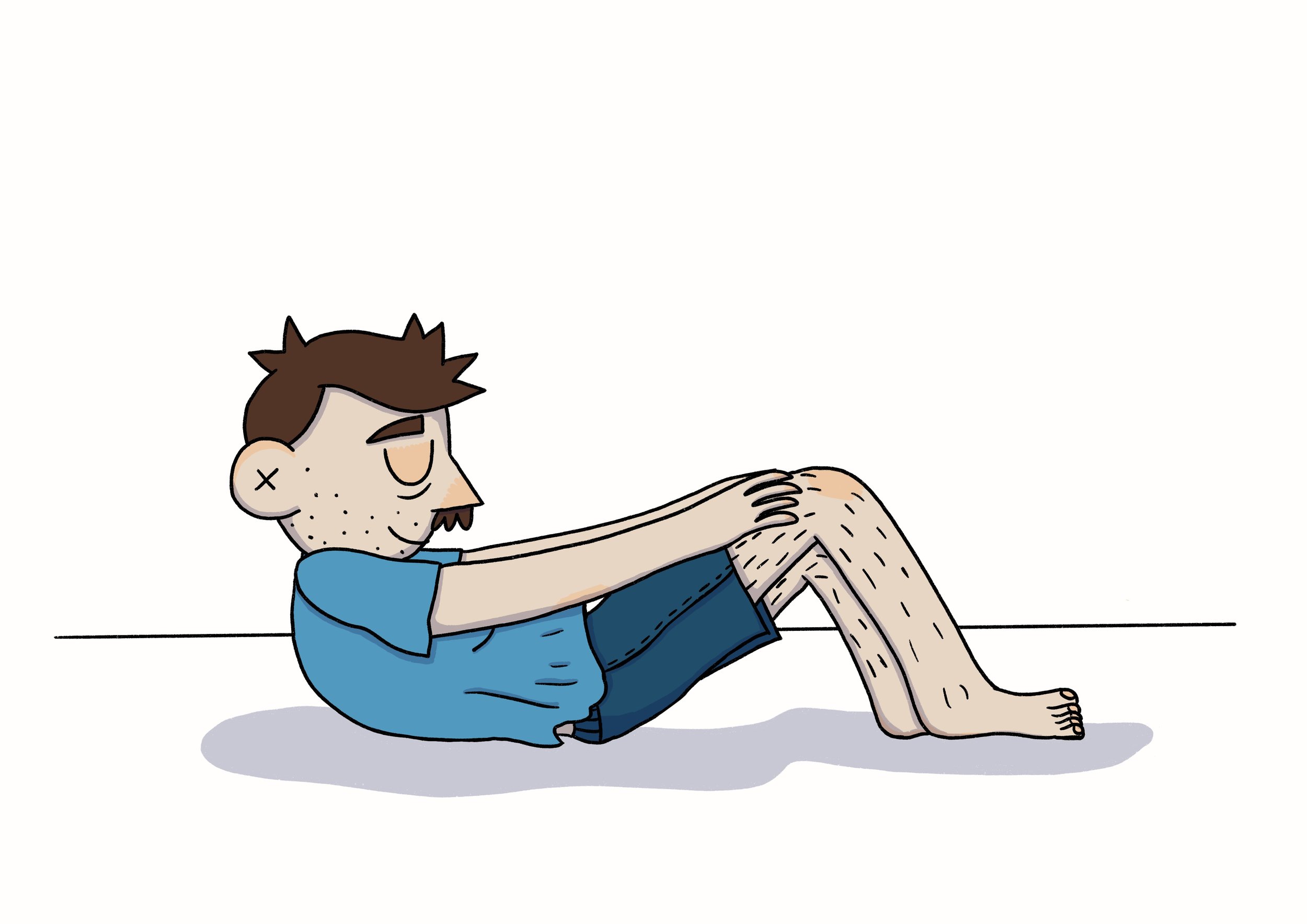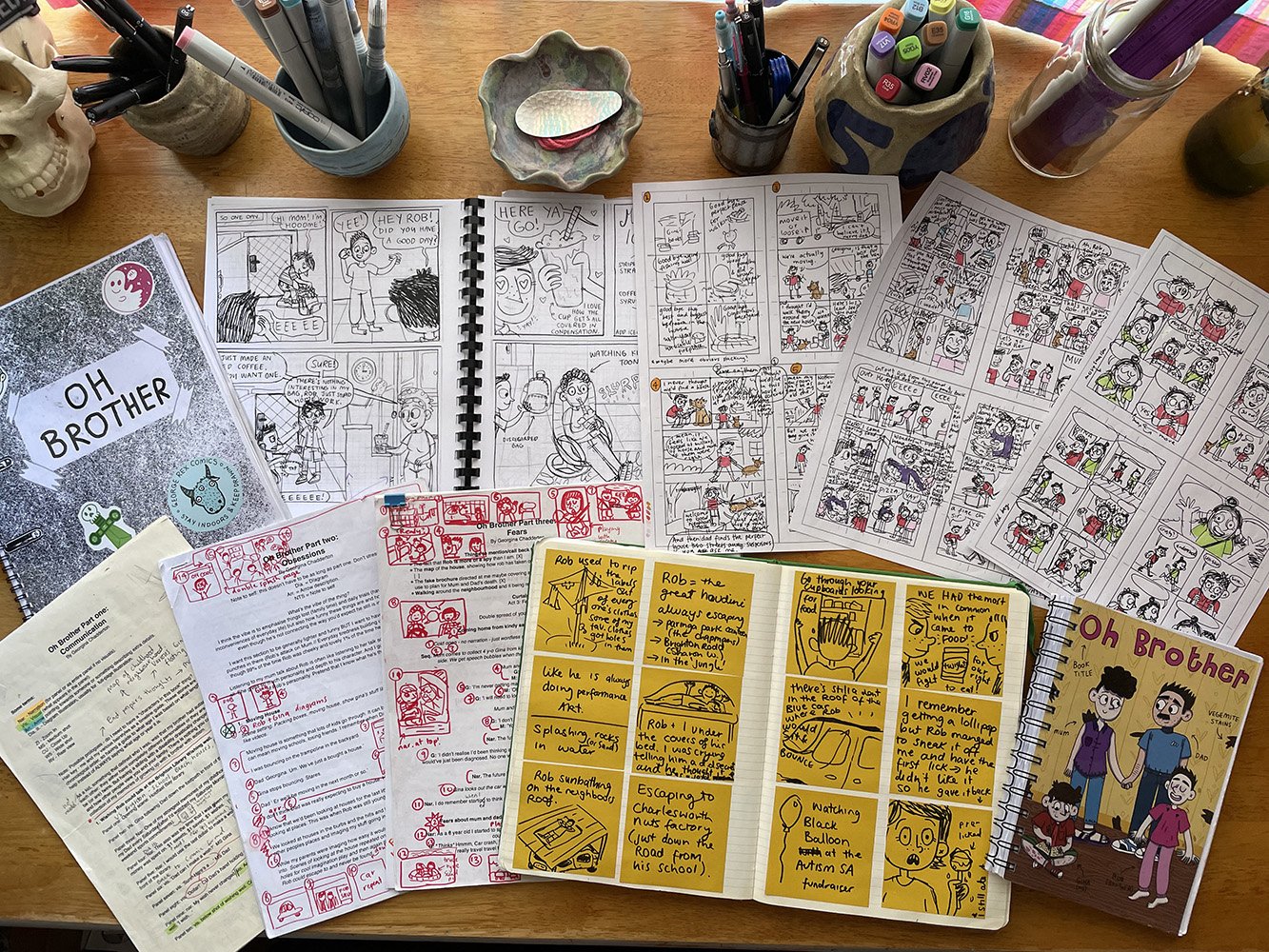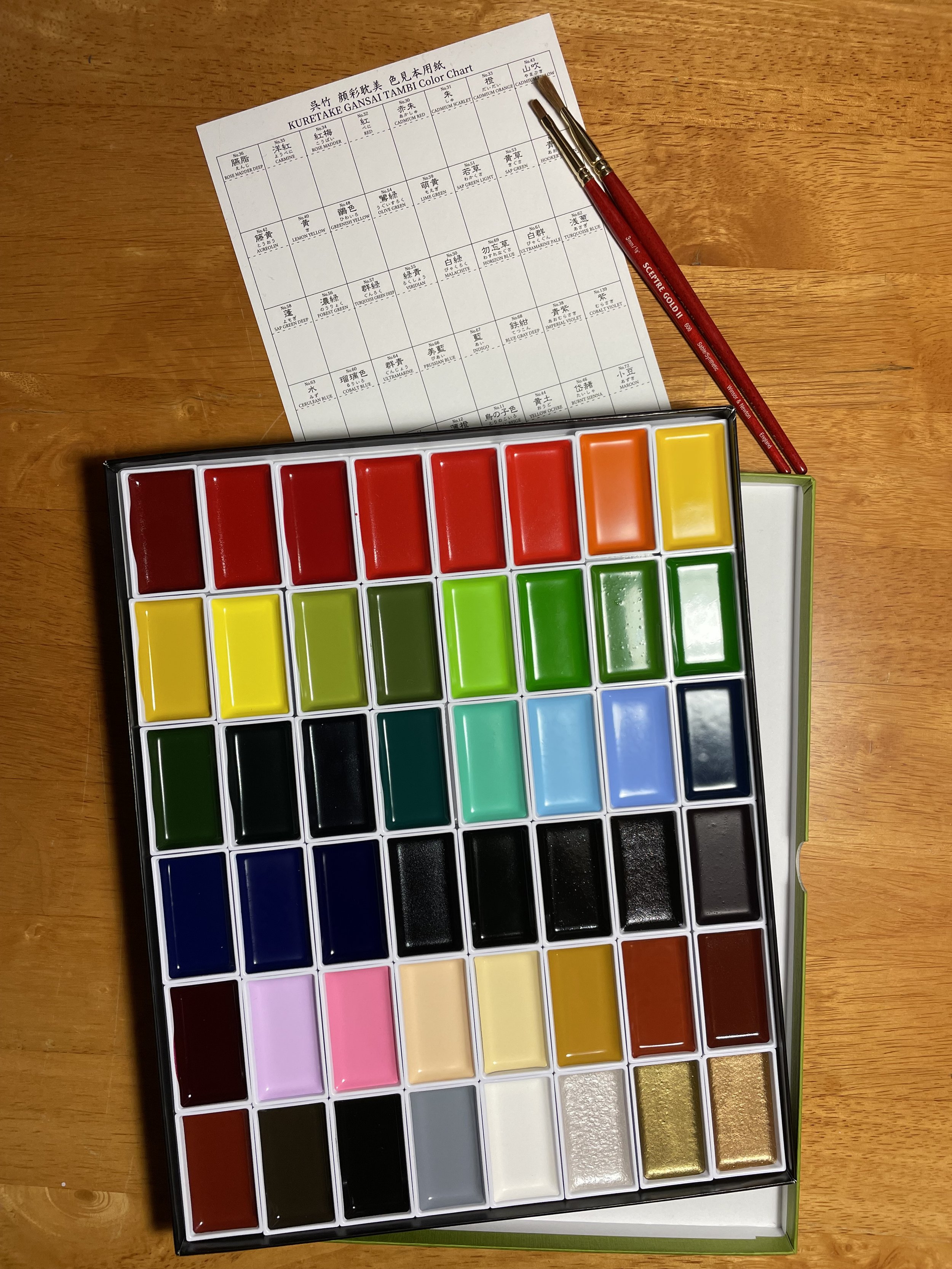Back in 2016, I started work on a project I thought would take me a year (hah!). This project was to be my first graphic novel: a memoir about growing up with my brother (who is autistic and has an intellectual disability). My goal was to create a book for 12-year-old me, a book that reflected my experiences and feelings and would’ve (hopefully) helped me feel less alone in those feelings and experiences.
From a technical comics-making point of view, I thought it would be pretty straightforward. I’d made lot of mini-comics by that point (but nothing longer than about 40 pages) and I’d made lots of autobio comics before, even some about growing up with my brother. I already had in my mind a lot of the experiences I wanted to share, as a lot of them I already openly talked about with my parents and friends (they had become family fables such as the “Vegemite Parrot story” or the “Pad-peeing incident”. And I’m a pretty quick drawer, so I thought once I got the story down, the rest would be a breeze!
Spoiler alert: It was not a breeze.
I found that not only was there a steep learning curve in making a 300 page graphic novel vs a 30 page mini-comic (let alone watching my drawing style evolve and refine over that first year of working on the book), but there was also a steep emotional learning curve. Working on these stories meant that I relived a lot of my childhood experiences, and some, particularly stories about times when my brother would attack me, were a lot harder to relive than I expected.
Where I’m at right now
After years of working on the book in my spare time, or when I got the support of a residency or fellowship or grant for a more concentrated period of work, I was lucky enough to be approached by my now agent, Annabel Barker. With Annabel’s help (and that of another agent, Dan Lazar), I was able to talk to several publishers that were interested in working with me on the book. And in early 2021, Penguin Random House (PRH) picked up the book in a deal that means it will now be published (ETA 2024) in four territories (Australia, Canada, UK and US).
Although it is super exciting to be working with such a well-known publisher, it’s also been quite nerve-wracking to think that this book that I originally assumed I would be self-publishing is now to be published by one of the major book publishers in the world.
There have been a lot of changes that I’ve had to make while working with PRH (more on that in a future blog post). Last year (2021) and this year (2022) I have been working with my four editors (one in each territory) to re-write the script and thumbnails (the rough comic drawings). It’s definitely been a challenge re-writing something that is so personal to me (and so complex). I would be lying if I said I’ve enjoyed having to make big-ish cuts to a project that has lived with me for multiple years. But saying that, although the book is quite different now, I think I’m starting to feel proud of the type of book it has become.


